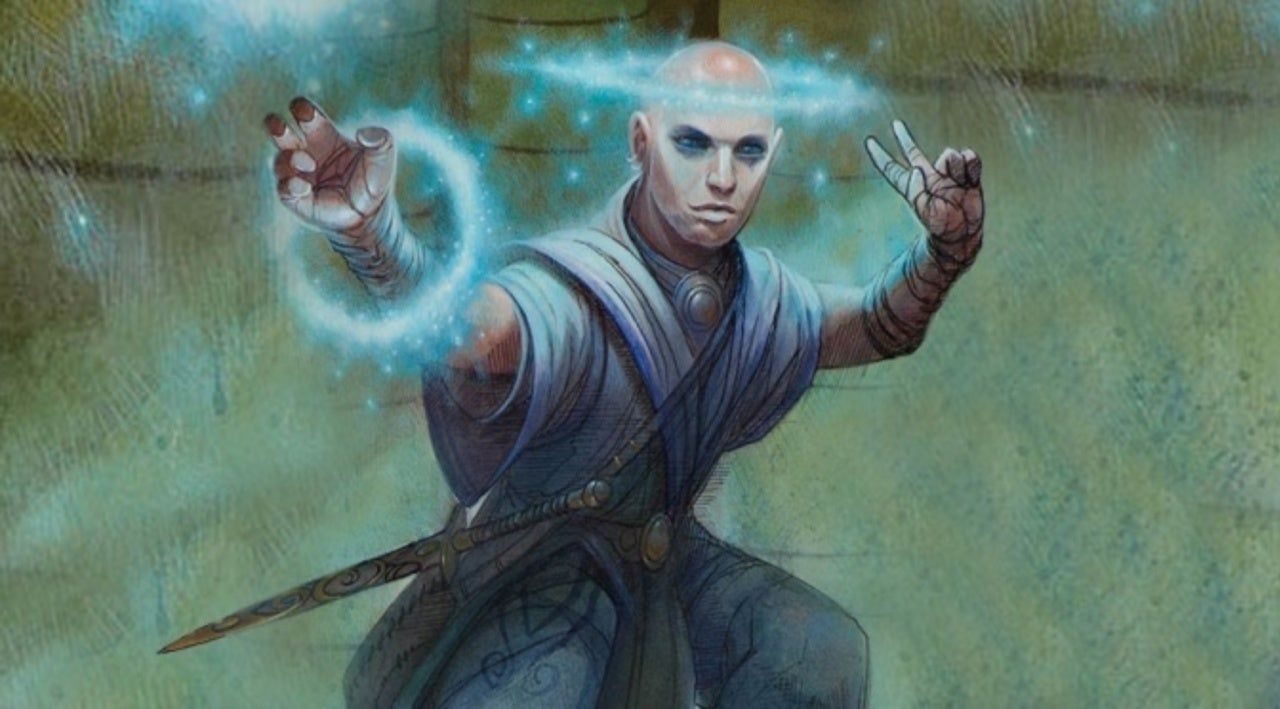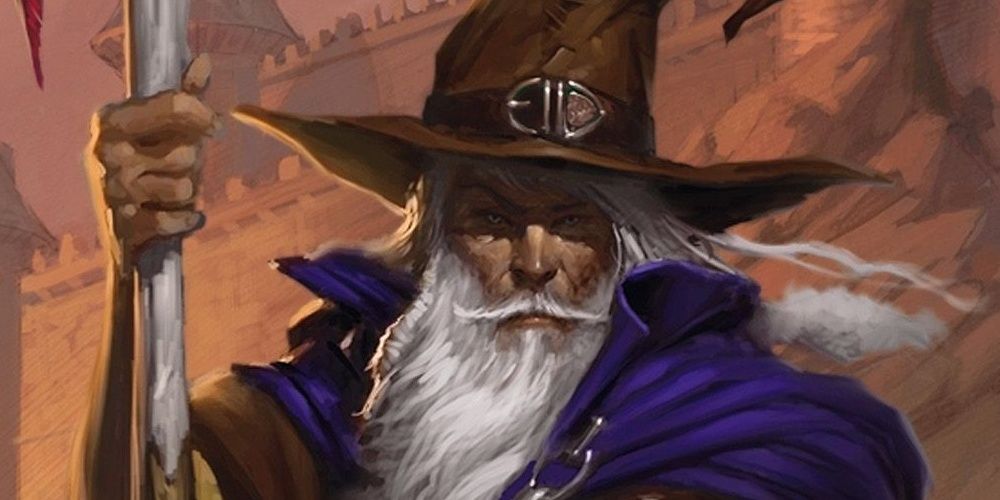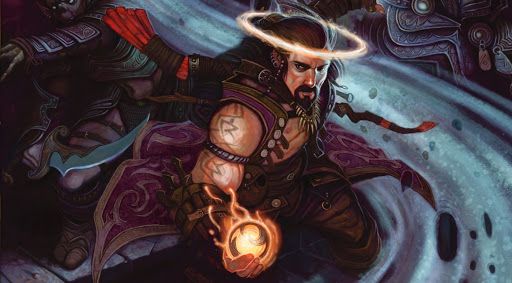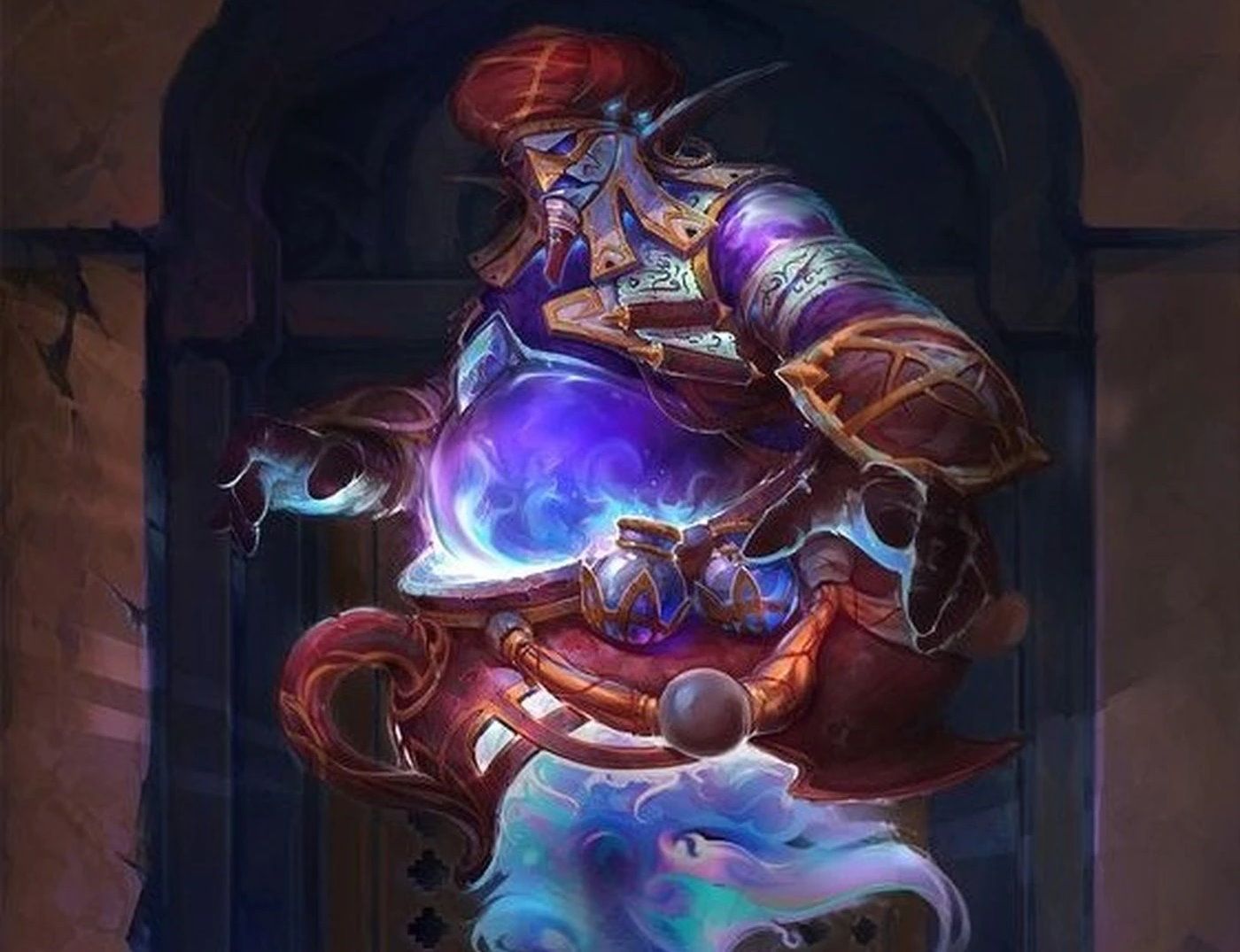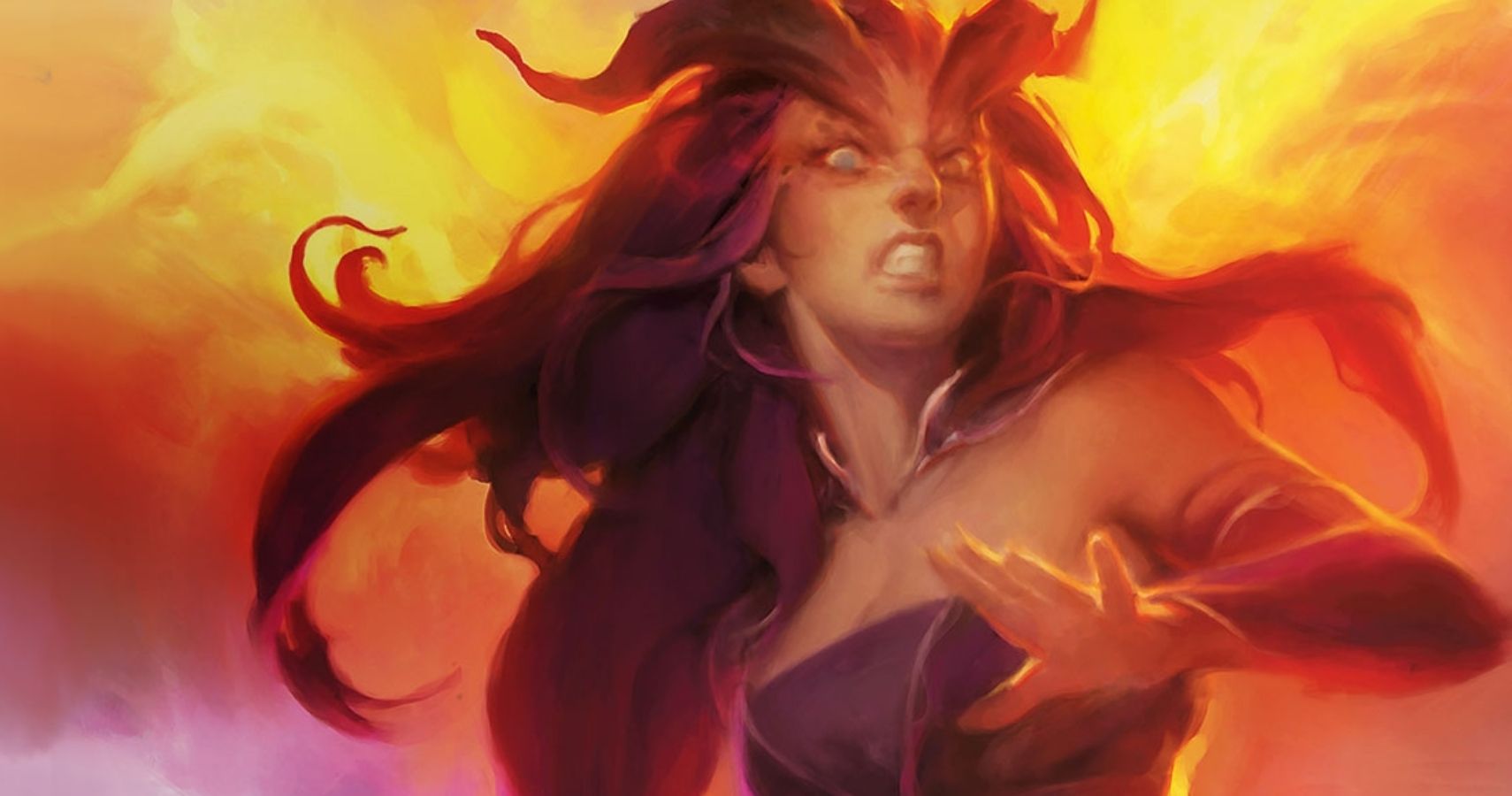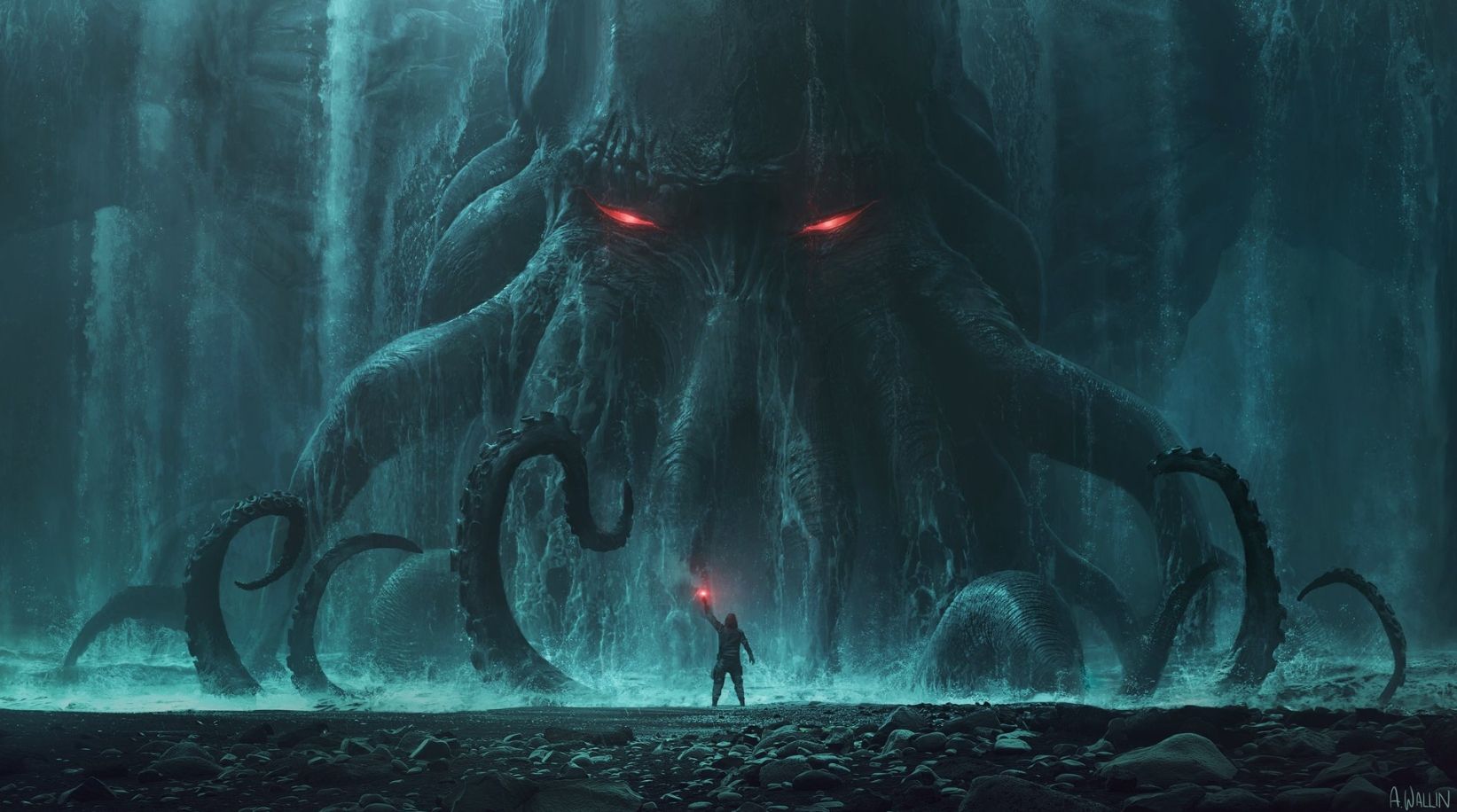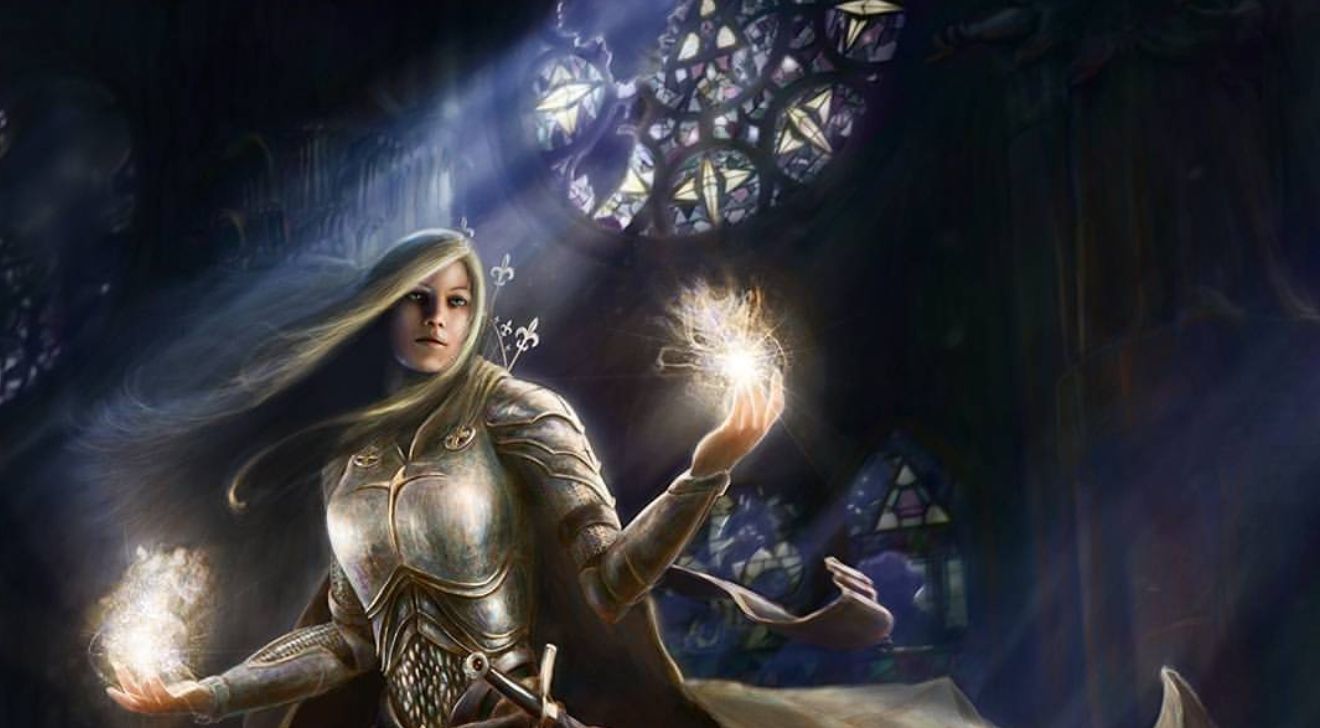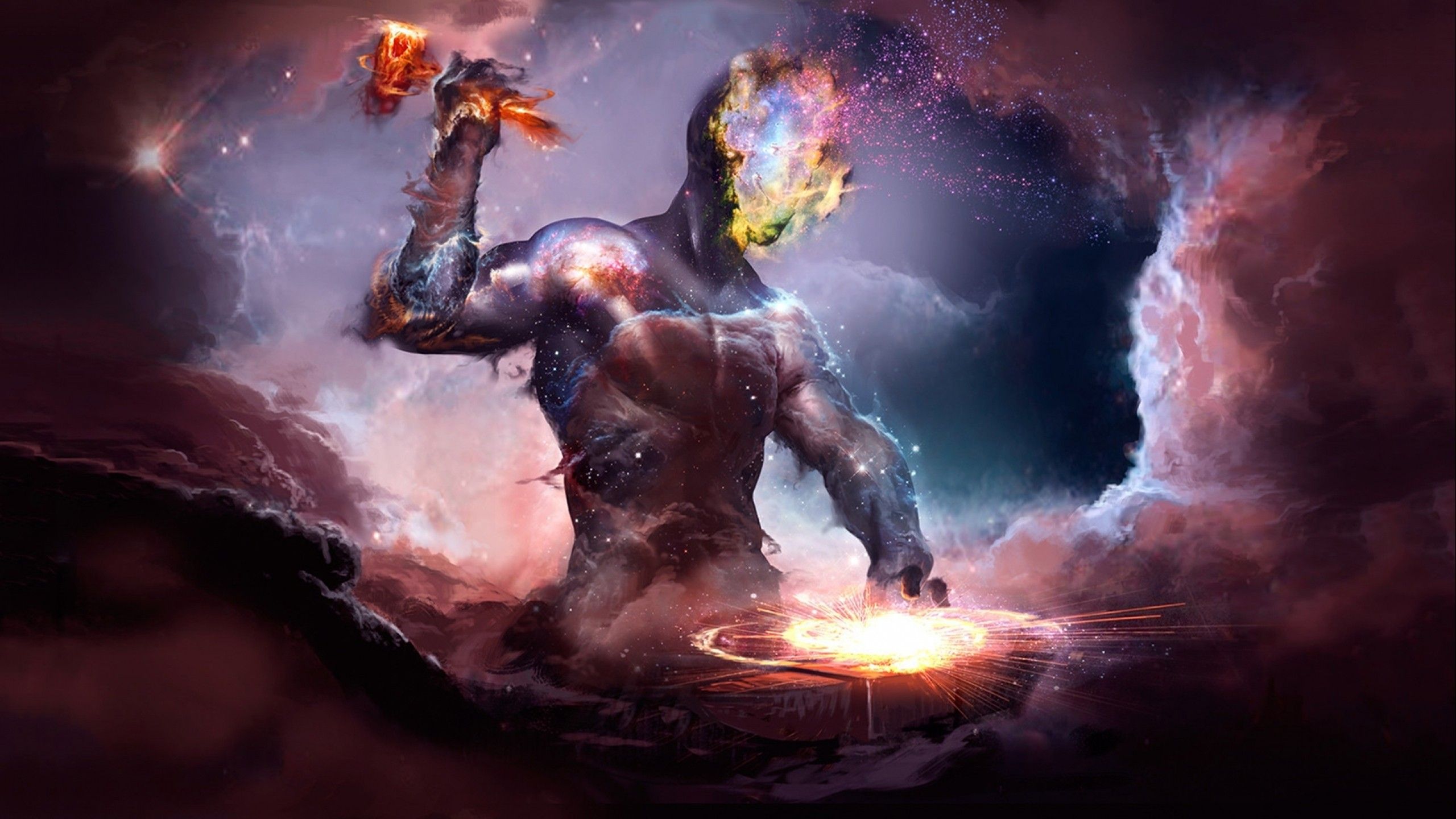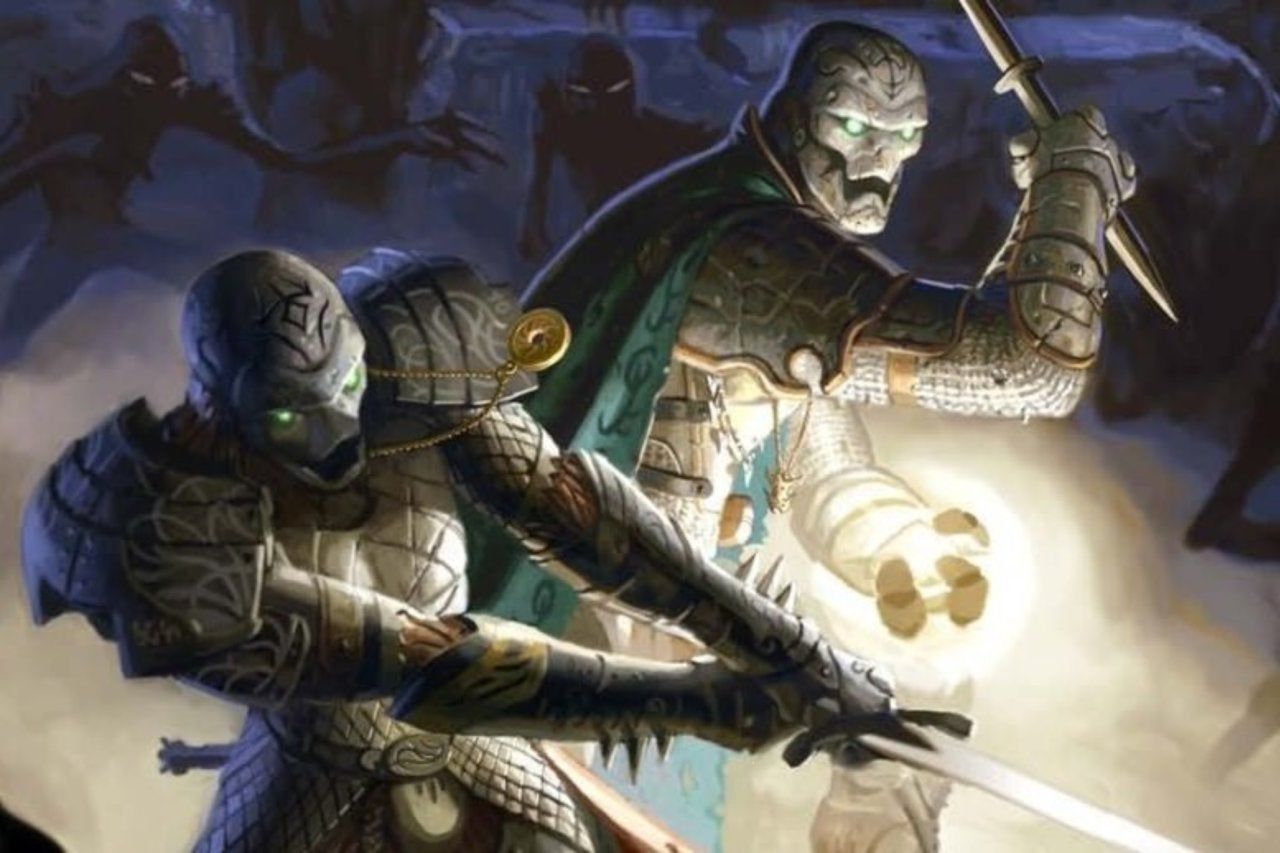Unearthed Arcana used for D&D playtesting by Wizards of the Coast and has a number of subclasses that can be used in games at home (with the DM's permission of course). Here is a list of all the subclasses for spellcasting classes in Unearthed Arcana, ranked from worst to best.
13 13. Psionic
This wizard arcane tradition is an attempt to reintroduce psionics without actually bringing back the psion class. Overall, it lacks mechanical focus in favor of flavor. Extra spells are less impressive when you have a spellbook, bonus damage isn’t the best when the class has so many control options, and turning into a being of pure thought is just odd (and not something psions could originally do). In all, making a full caster with psionic flavor just seems like a pale replacement for psions.
12 12. College of Creation
This bardic college starts out alright, but gets steadily worse as the subclass progresses. Rather than extra (sometimes lackluster) ways to use your Bardic Inspiration, this subclass just makes the ability better and more flexible. The Dancing Item minion you can summon is basically just a pool of hit points, but it deals decent damage for a bonus action. Being able to fabricate large and expensive items sounds nice, but requiring an action every turn to maintain it and a max duration of 1 minute makes it pretty useless in and out of combat.
11 11. Onomancy
This arcane tradition attempts to use the folkloric idea of true names as the basis for a wizard subclass. However, the idea of true names holding power over someone doesn’t exist in D&D, so it also has to define how the concept works at the same time. Also, in fantasy and folklore true names are often obtained through trickery or cleverness, but there’s no way to balance this mechanically, so Onomancy wizards just have an ability that gives them a creature’s true name if they fail a save. Mechanically, it’s not bad, but it fails entirely at delivering on its theme.
10 10. Aberrant Mind
This sorcerous origin brings a psychic flavor to the sorcerer class. At low levels, this is mostly just the Great Old One warlock pact for sorcerers, but it has some pretty unique abilities as the subclass progresses. The Revelation in Flesh ability gives some cool transmutative abilities – most of which are niche, but a minute of flight for one sorcery point is a pretty good deal. The damage granted by the Warp Reality feature isn’t great compared to much lower level spells like Spirit Guardians, but difficult terrain and mass forced teleportation make it decent when you can pull it off.
9 9. College of Eloquence
This bardic college was at least interesting enough to warrant a full version in the upcoming Mythic Odysses of Theros. All of its abilities are mostly new ways to use Bardic Inspiration, which means that it uses an already limited resource rather than giving much extra. Still, the new features have at least one good way each to spend Bardic Inspiration. The ability to impose disadvantage on a saving throw is great for helping allies’ “save-or-die” spells. The Infectious Inspiration ability will ease the strain on Bardic Inspiration dice, but sticking it out until then might be rough.
8 8. Noble Genie Pact
This warlock pact lets players gain magic from a powerful elemental genie. While there are some interesting abilities, the theming and the effectiveness are both a little weak. The discount Banishment ability is great and on-brand for a genie, but the Collector’s Call feature seems a little weak. It seems to be a nerfed version of the Wish spell, but it could stand to be a fairly less nerfed. This is a great concept that deserves another look, but in its current state it doesn’t stand up to some other UA subclasses.
7 7. Unity Domain
Thematically, this cleric domain is about togetherness, but mechanically it’s all about damage reduction. Most abilities are based around the Emboldening Bond, which starts out like a no-concentration hour-long Bless spell that improves as the subclass progresses. The Channel Divinity option lets clerics spread damage out between their party, which can help protect squishies and is useful if party members have damage resistances. However, Emboldening Bond is very much a “drop it and ignore it” ability, so this subclass doesn’t give a whole lot to do.
6 6. Circle of Wildfire
This druid circle is an entirely fire-based subclass for those pyromaniac druids out there. The central ability is the ability to use wild shape to summon an elemental that gets better as the subclass progresses. The elemental isn’t bad, but it is an odd choice to turn a class that’s all about transformation into a minion-mancer. Plus, fire is a fairly common damage resistance, so this class may require an investment in the Elemental Adept feat. Overall, the subclass is good, but it seems odd that it doesn’t let you turn into some sort of fire elemental instead.
5 5. Clockwork Soul
This sorcerous origin is based on order and has a variety of support abilities loosely tied to the theme. Removing advantage or disadvantage isn’t as good as giving advantage or disadvantage, but it’s a strong ability at level one and never becomes useless at higher levels. The highest-level ability is particularly impressive – massive antimagic and massive healing are great, and the ability to repair everything in an area (with seemingly no restrictions) is niche but potentially gamebreaking. Unfortunately, the abilities in the middle are less impressive, and are a stretch thematically.
4 4. The Lurker in the Deep
If the Great Old One pact is the maddening insanity of the Cthulhu mythos, this warlock pact is the unfathomable depths and tentacles. Its Grasp of the Deep feature gives warlocks an opportunity for bonus action damage spam that improves the class’s action economy, and the higher level abilities are useful for crowd control. The niche aquatic abilities are earned in addition to fairly universal features, which leaves it a fairly useful subclass generally, and a great subclass for a nautical campaign.
3 3. Twilight Domain
This cleric domain is based around darkness and night. While not all the abilities tie that well into the theme, they are certainly useful. Free darkvision (and limitless darkvision at that) opens up a lot more racial options, but giving advantage on initiative rolls is only useful if the party knows a fight is coming. A Channel Divinity option that can top off other front liners with temporary hit points every turn is useful, plus the dim light it spreads gives free flying at 6th level. Creating darkness that the party can see through is invaluable – free advantage for all.
2 2. Circle of the Stars
This druid circle starts out strong, almost unreasonably so. At 2nd level, not only does a Circle of the Stars druid get free Guiding Bolts, they also get to replace their Wild Shape with a starry form that either gives them a hefty extra attack, makes it so they never fail their concentration checks, or gives them more healing than a Life Domain cleric gets at 6th level. At higher levels, the subclass is a balanced, middle-of-the-road druid with a theme around stars and divination.
1 1. Armorer
This artificer specialist already wins points for style – it lets artificers have an Iron Man suit. It also meshes mechanically well with the rest of the class, since you can add extra infusions to different parts of your power armor. There are two types of power armor available: Guardian and Infiltrator. Guardian has some good tanking abilities, but players interested in tanking probably wouldn’t have chosen the artificer class. Besides, the fact that the Infiltrator armor eliminates all the penalties of heavy armor is almost too much to pass up.

